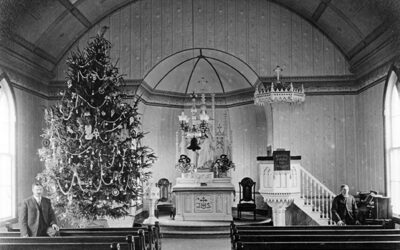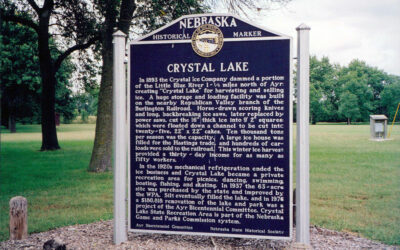Moses Sydenham in an 1870 letter to George S. Harris, described Kearney, Adams, Clay, Webster, Franklin, and Lincoln counties. Harris was then land commissioner of the Burlington and Missouri River Railroad in Nebraska. Published September 15, 1870, in the Nebraska Herald of Plattsmouth, the letter gives a golden view of the area’s prospects:
“Water is abundant on the Platte, Blue and Republican valleys, and along all the streams that empty into them. On the table lands in places wells have to be sunk, as in other States, to procure water. But while there is so much land along the valleys where water is abundant, the table lands will not be occupied. On the Platte the purest and clearest of water can be procured in never failing quantity for household purposes by digging wells from five to twelve feet deep.
“Along all the streams there may be found groves of timber in quantities sufficient for all the purposes of early settlers. The islands of the Platte are generally covered with fine groves of trees; the islands, banks, and creeks of the Republican and Little Blue rivers abound with timber also. As fast as settlers come into Nebraska the amount of timber increases, as more is planted than is used and this is wise, for whenever a farmer or settler plants his timber as he does any other crop, he will never want for fence rails, building timber nor firewood and will have protection for his buildings, animals and crops . . . .
“All of the cereals do well, without exception. Wheat will average about 35 bushels per acre; corn, 50 bushels; oats, 50 bushels, potatoes and other vegetables yield heavily–all garden stuff growing to a large size and of fine quality. The wheat grown in this section is equal in quality to that of eastern Nebraska, which is known to bring ten per cent more than any other wheat, in the St. Louis market.”
Sydenham concluded by praising railroad efforts toward the settlement of the state: “As a Nebraskan, having lived many years in the wilderness of Nebraska, I feel truly glad to see the approach of the various railroads as they bring with them the elements of refinement and civilization.”



